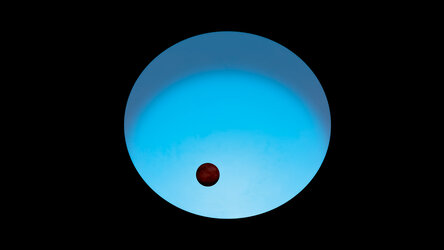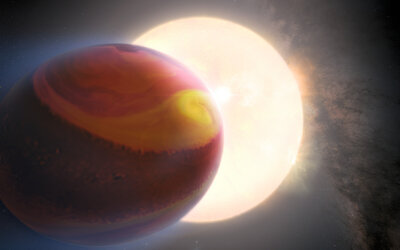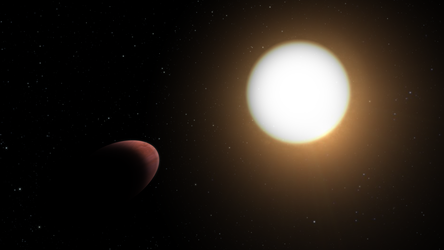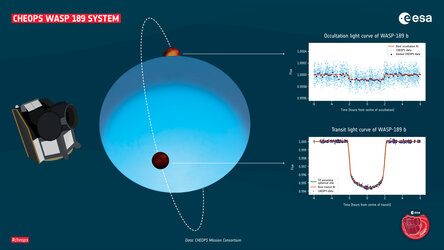
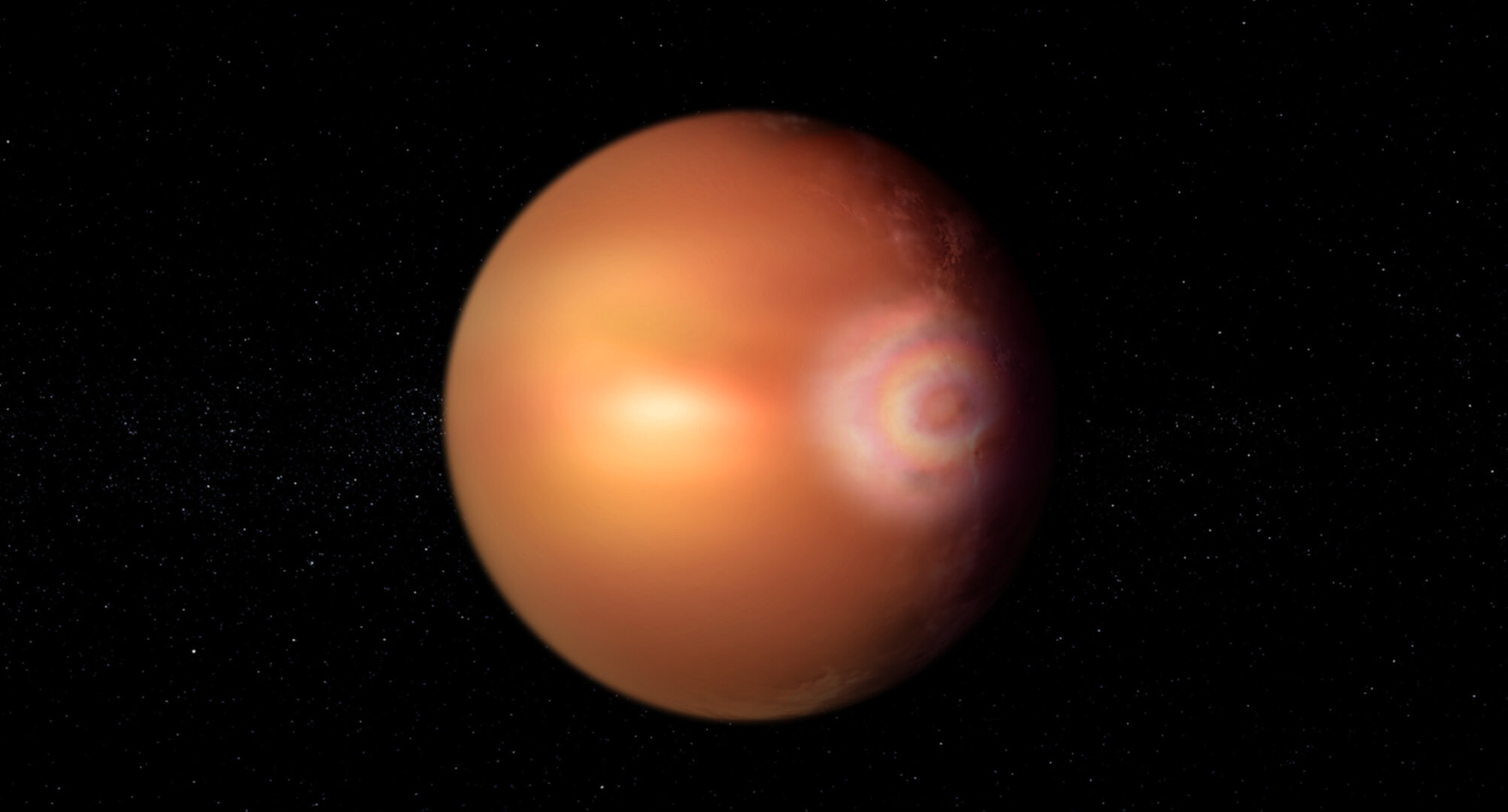
Artist impression of glory on exoplanet WASP-76b
For the first time, potential signs of the rainbow-like ‘glory effect’ have been detected on a planet outside our Solar System. Glory are colourful concentric rings of light that occur only under peculiar conditions.
Data from ESA’s sensitive Characterising ExOplanet Satellite, Cheops, along with several other ESA and NASA missions, suggest this delicate phenomenon is beaming straight at Earth from the hellish atmosphere of ultra-hot gas giant WASP-76b, 637 light-years away.
Seen often on Earth, the effect has only been found once on another planet, Venus. If confirmed, this first extrasolar glory will reveal more about the nature of this puzzling exoplanet, with exciting lessons for how to better understand strange, distant worlds.
Each glory is unique, depending on the composition of the planet's atmosphere and the colours in the starlight that shines onto it. WASP-76 is a yellow-white main sequence star like our own, but different stars create glory with differing colours and patterns.
[Image description: Artist impression of glory on exoplanet WASP-76b. We see an orange planet and several colourful concentric rings of light on the right, at three o'clock.]

